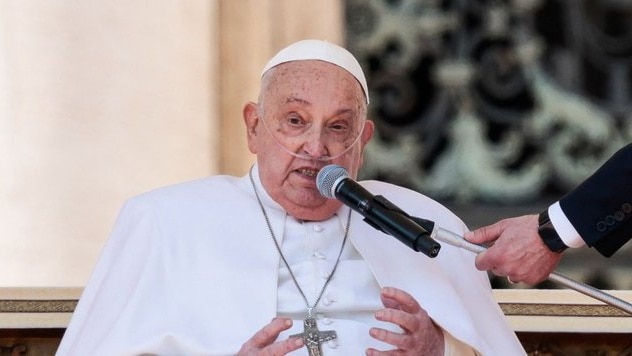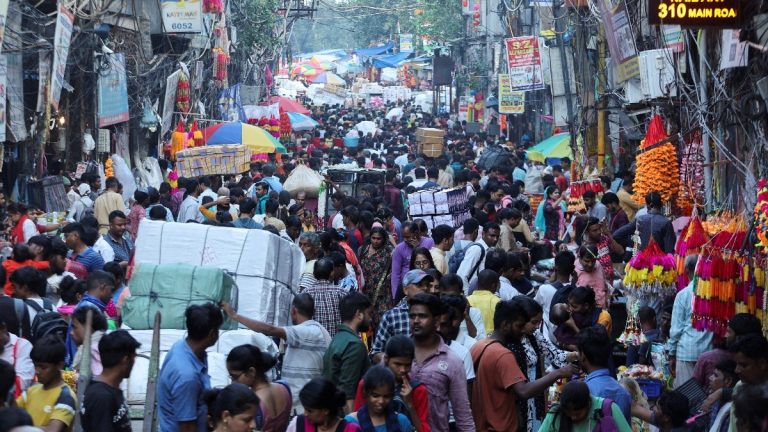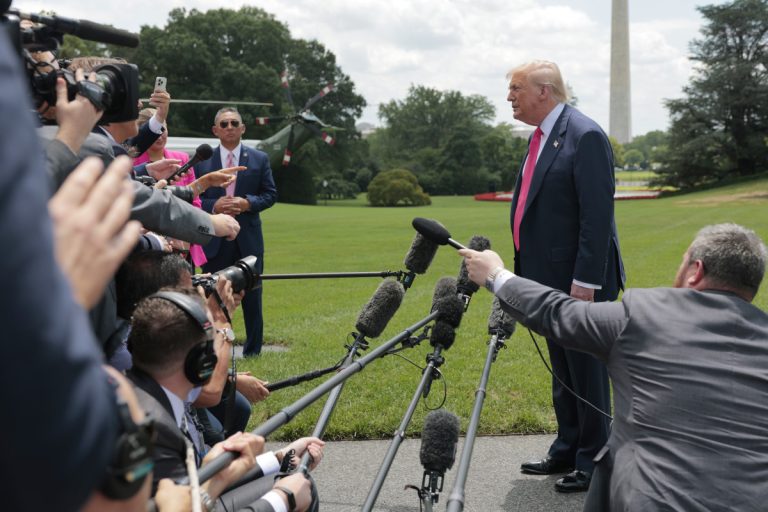Pope Francis, the head of the Roman Catholic Church, passed away early morning, the Vatican said in a video statement on Easter Monday. The death comes only a day after the 88-year-old, who was recovering from a severe case of double pneumonia, made a surprise public appearance on Easter Sunday, greeting a crowd of more than 35,000 in St. Peter’s Square from his popemobile.
What next?
The death will immediately kick off a tightly choreographed series of events, refined over centuries. Some Vatican traditions date back to Ancient Rome. Here’s how the events will unfold once a pope dies:
1. Official confirmation of death
According to tradition, the Camerlengo (Chamberlain of the Holy Roman Church) — currently Cardinal Kevin Farrell — will confirm the pope’s death by calling his baptismal name three times. The papal ring is then destroyed to symbolise the end of his authority.
The camerlengo informs the College of Cardinals, a governing body of senior church officials, about the death after which it is announced to the public.
2. Papal burial
Following the confirmation, a nine-day mourning period known as Novemdiales begins. During this time, special Masses are held, and the pope’s body is placed for public viewing at St Peter’s Basilica. Traditionally, popes are buried between four to six days after their death, often in the Vatican Grottoes, the crypts beneath St. Peter’s Basilica. Pope Francis, however, has expressed a desire for a simpler burial at Santa Maria Maggiore basilica in Rome, one of his favorite and most-frequented churches, using a wooden and zinc coffin.
3. Sede Vacante begins
The death of a pope marks the beginning of the ‘sede vacante‘ period, during which the College of Cardinals temporarily manages the Church. Major decisions are postponed until a new pope is elected. This transition period is observed by Catholics worldwide, who engage in prayer and reflection.
4. Conclave preparation
The conclave, an ancient and secretive election process, is initiated 15 to 20 days after the pope’s death. Cardinals under the age of 80 gather in isolation in the Sistine Chapel to elect a new pope. A two-thirds majority is required for a successful election. Black smoke from the chapel signals an inconclusive vote, while white smoke indicates a new pope has been chosen.
5. The conclave & election
Once a new pope is elected, he is asked to accept the position and choose a papal name. This change in leadership is a pivotal moment for over a billion Catholics globally, marking both continuity and potential change within the Church.
6. Habemus Papam!
Once a Pope accepts the election, he chooses a papal name. The Cardinal Protodeacon then steps out onto the balcony of St Peter’s Basilica and proclaims: “Habemus Papam“—”We have a Pope.” The new Pope appears to give his first blessing: “Urbi et Orbi” (“To the city and the world”).






